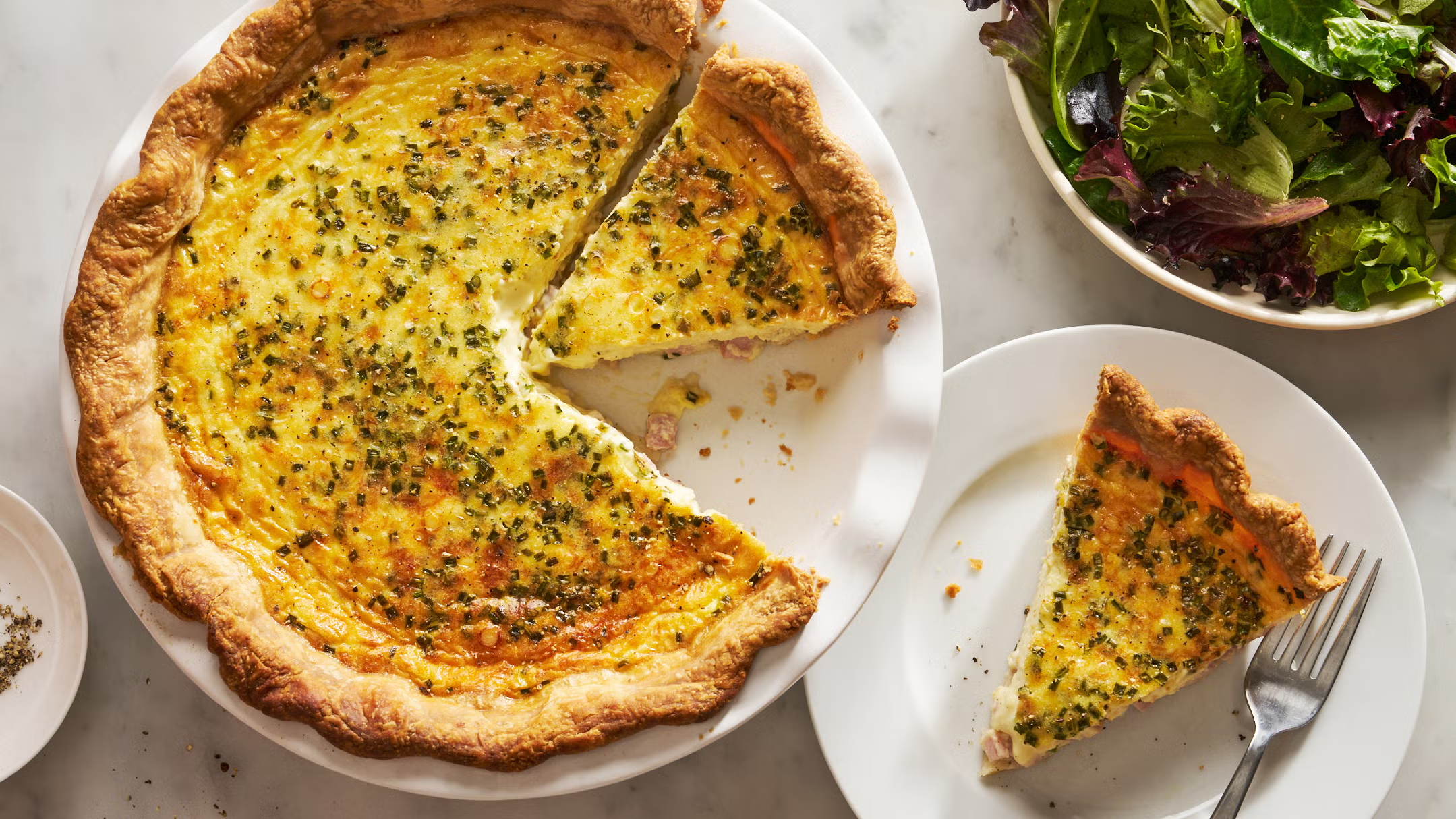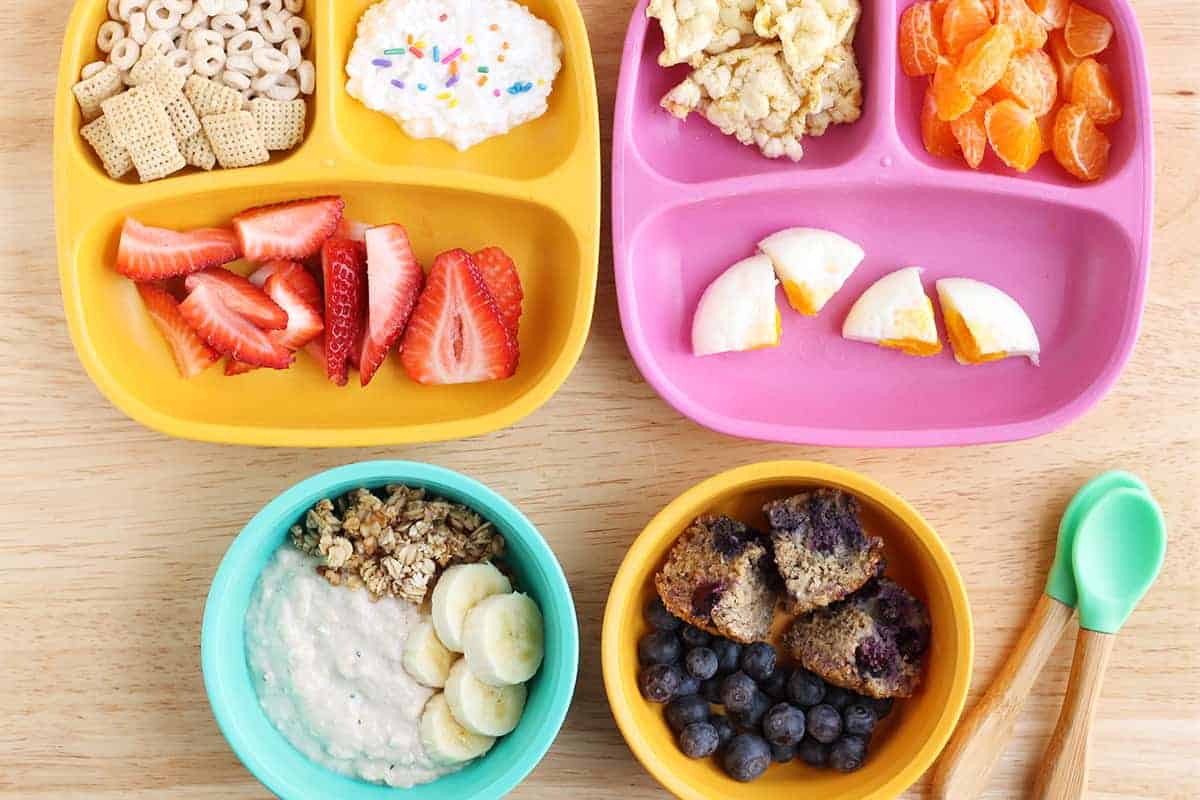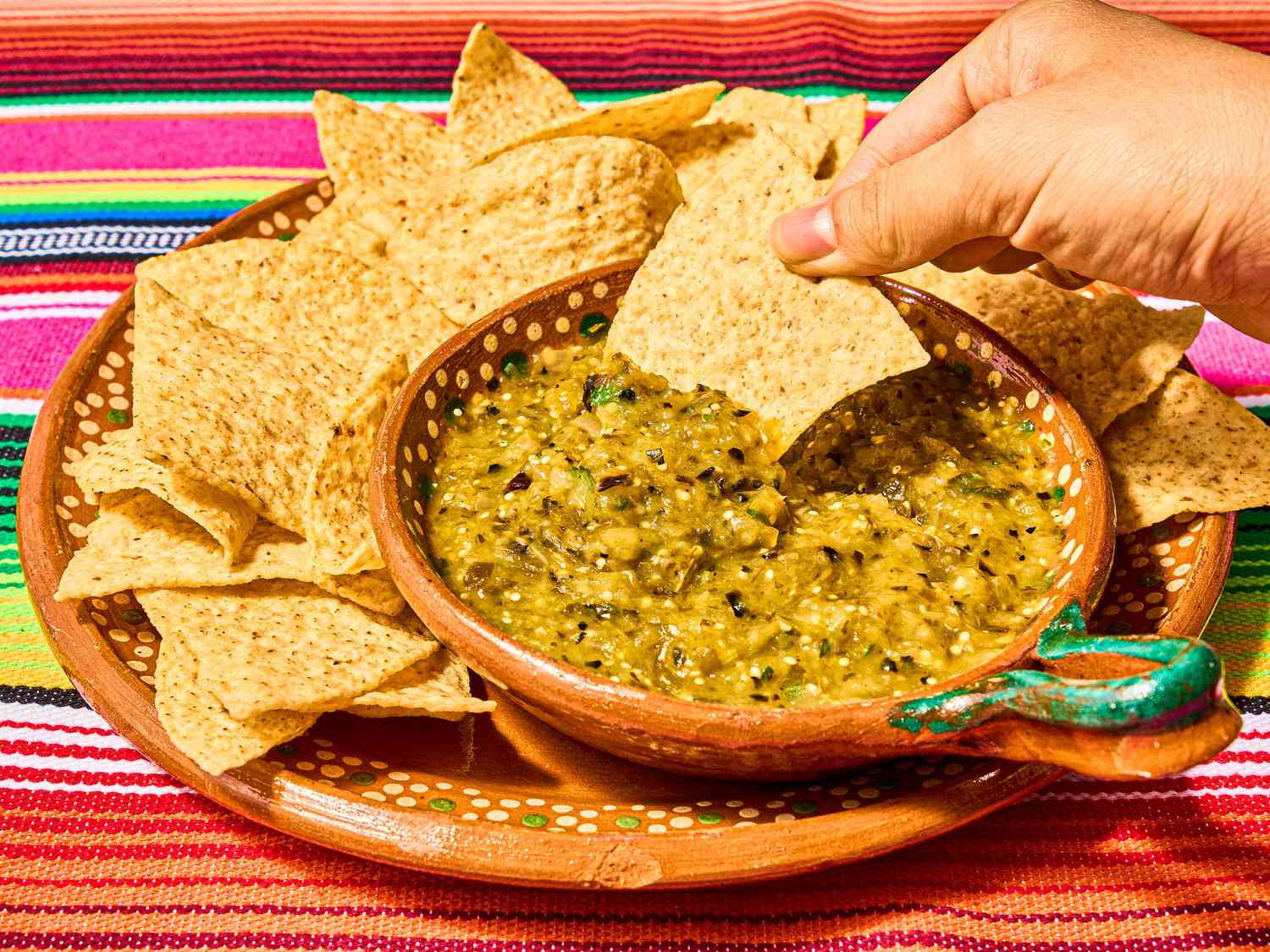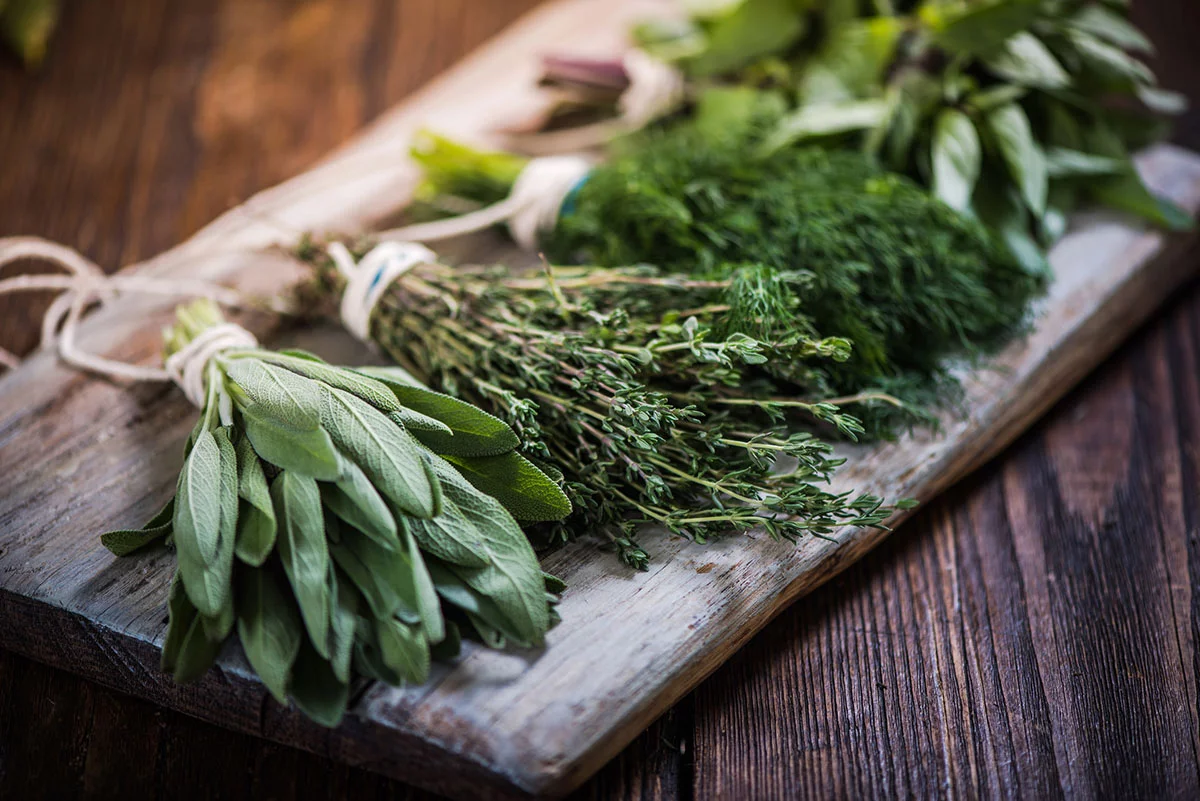A perfect quiche crust is the foundation of any great quiche. It provides the balance of crispiness and flakiness that complements the rich, creamy filling. While making a quiche crust may seem simple, the key to achieving that buttery, melt-in-your-mouth texture lies in a few key techniques and tips. Here’s how to make the perfect quiche crust that’s sure to impress.
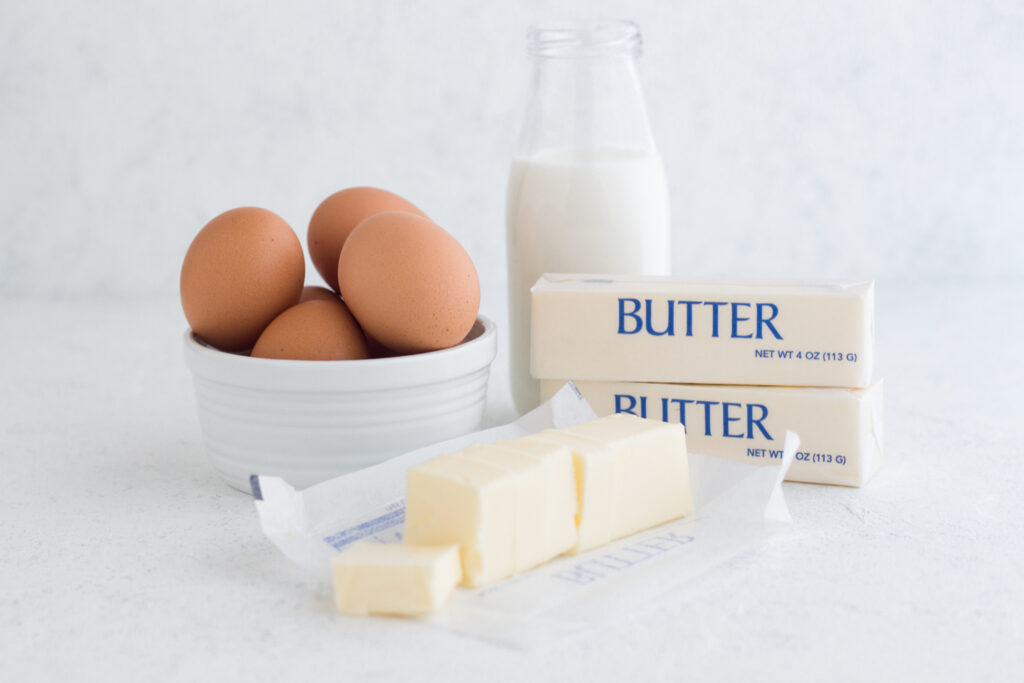
1. Use Cold Ingredients
One of the most important steps in making a great quiche crust is ensuring that your ingredients, particularly the butter and water, are cold. Cold butter creates pockets of air within the dough, which results in a flaky texture once baked. Before you start, place your butter in the freezer for 10-15 minutes and ensure your water is ice-cold. This step is essential for achieving a tender and flaky crust, so don’t skip it!
2. Choose the Right Flour
For the best quiche crust, opt for all-purpose flour. It has the perfect protein content to create a tender yet sturdy dough. Some recipes call for a combination of all-purpose and pastry flour, which can give the crust a more delicate texture. Avoid using bread flour, as its higher protein content will result in a tougher crust, which is not ideal for a quiche.
3. Cut the Butter Into Small Pieces
To achieve a flaky crust, it’s crucial to cut the cold butter into small cubes before incorporating it into the flour. You can use a pastry cutter, two knives, or your fingertips to work the butter into the flour until the mixture resembles coarse crumbs with pea-sized bits of butter. The chunks of butter will create layers in the dough, which is what gives the crust its desired flakiness.
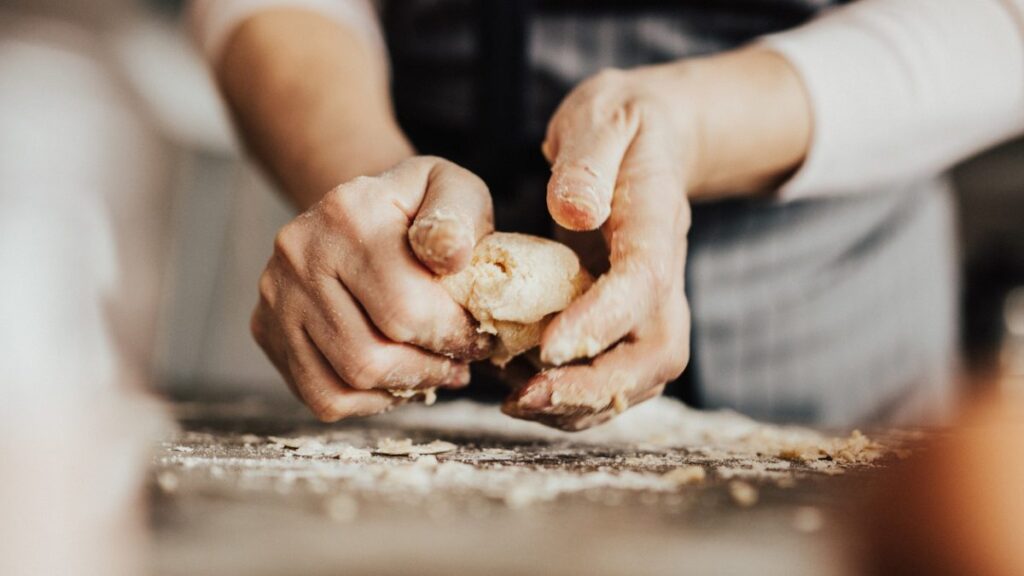
4. Don’t Overwork the Dough
Once the dough comes together, it’s important not to overwork it. Overmixing the dough will activate the gluten in the flour, which can make the crust tough. Gently mix the dough until it just holds together, then shape it into a disk, wrap it in plastic, and chill it in the refrigerator for at least 30 minutes. This resting time allows the gluten to relax, which makes it easier to roll out the dough and helps prevent shrinkage during baking.
5. Blind Bake for a Crispier Crust
To avoid a soggy quiche crust, blind baking is a must. This technique involves partially baking the crust before adding the filling. After rolling out the dough and placing it into your pie dish, line the crust with parchment paper and fill it with pie weights or dried beans to keep it from puffing up. Bake the crust for about 15 minutes at 375°F (190°C) until it’s lightly golden. Then remove the weights and parchment paper, and bake it for another 5-7 minutes to allow the bottom to fully set. This step ensures that the crust remains crisp and sturdy under the rich quiche filling.
6. Add a Pinch of Salt or Herbs for Extra Flavor
While a basic quiche crust is delicious, adding a pinch of salt or a small amount of dried herbs can elevate the flavor. A little bit of salt helps balance the richness of the quiche filling, while herbs like thyme, rosemary, or oregano can infuse the crust with a subtle, aromatic note that complements the savory ingredients inside.
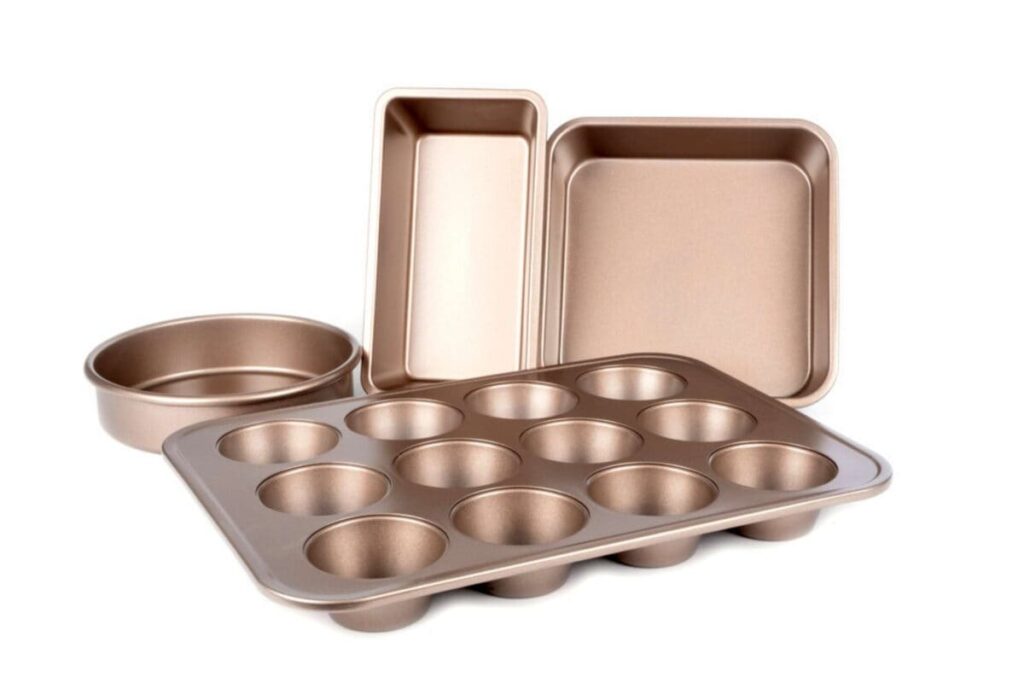
7. Use the Right Pan
The pan you use can also impact the outcome of your quiche crust. A tart pan with a removable bottom is ideal because it allows for easy removal of the quiche once it’s baked. The fluted edges help give the crust a professional, elegant look. If you don’t have a tart pan, a standard pie dish will work as well, but make sure it’s not too deep, as a shallow pan ensures the crust cooks evenly.

